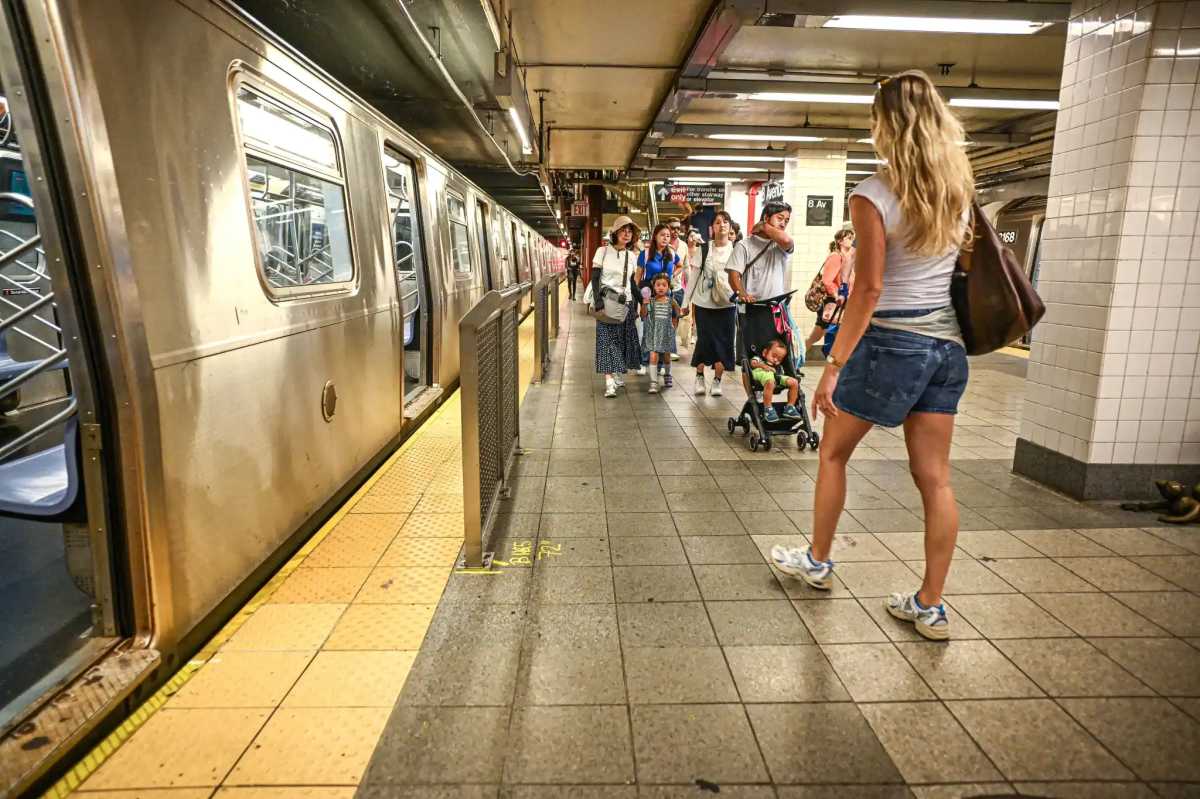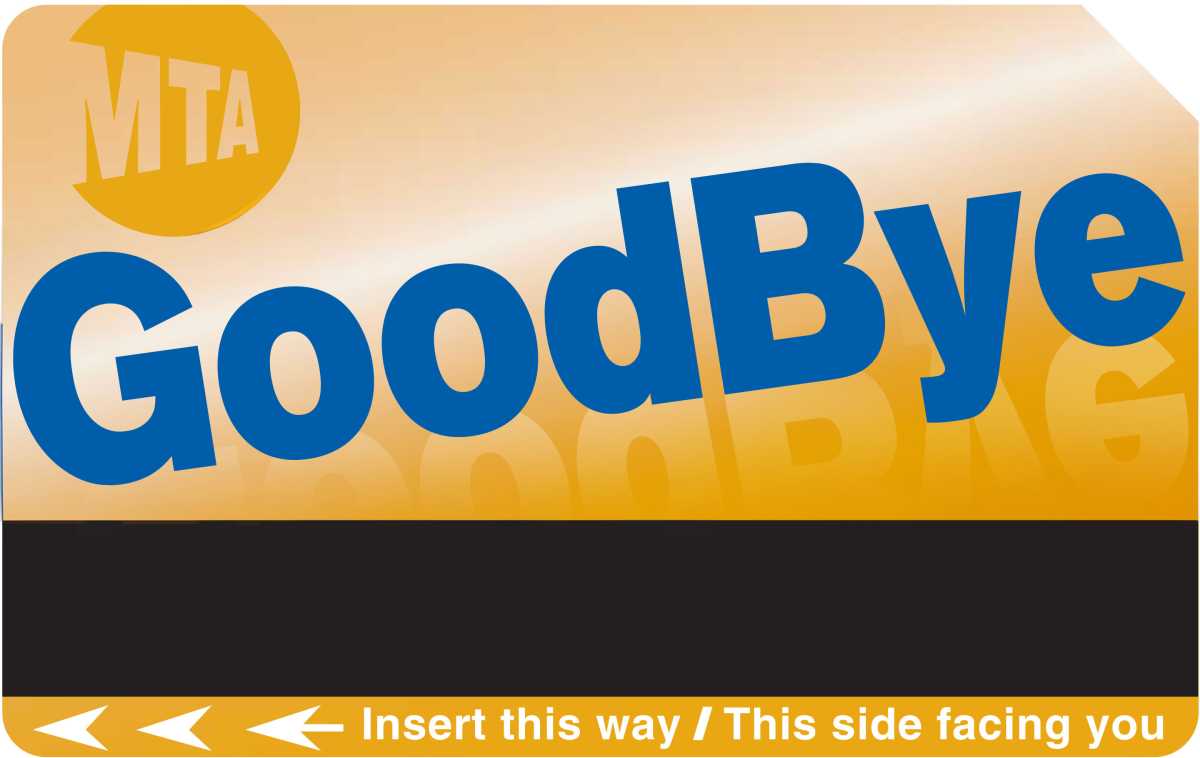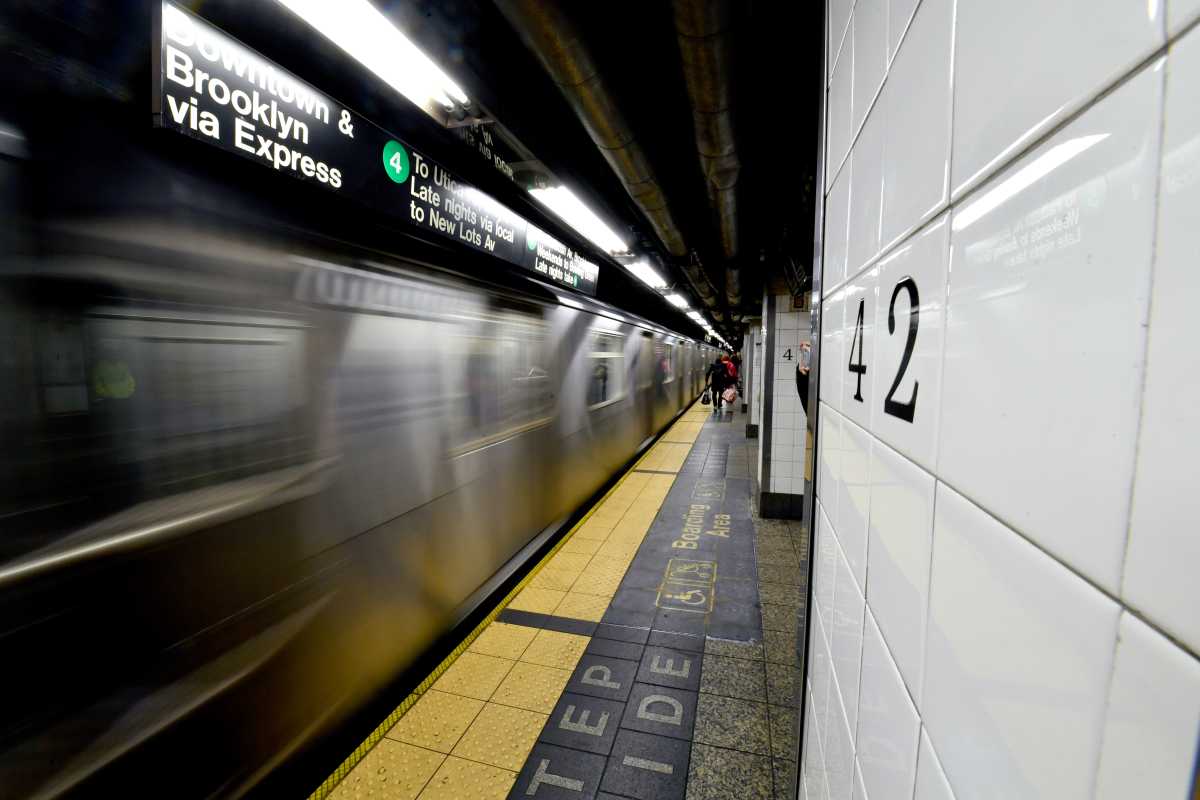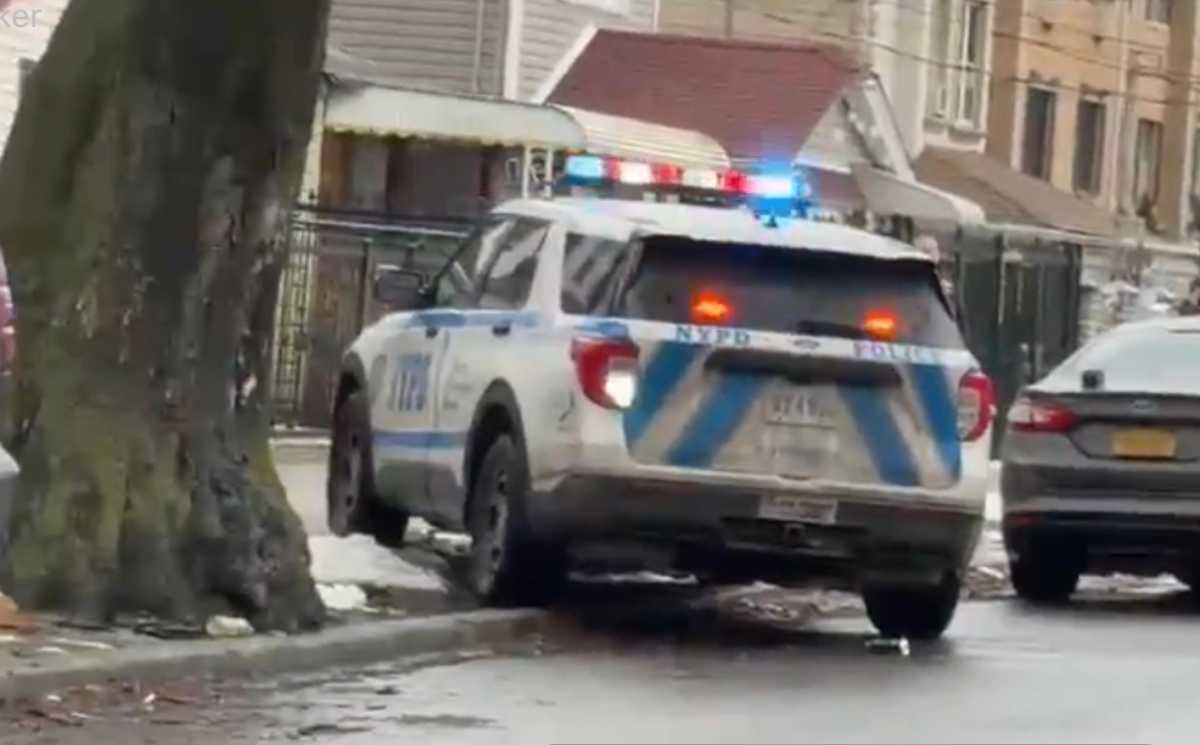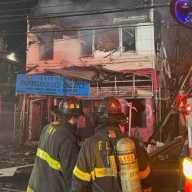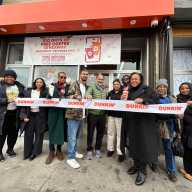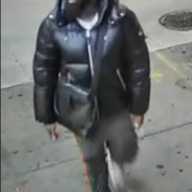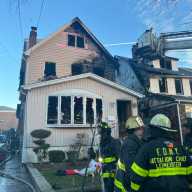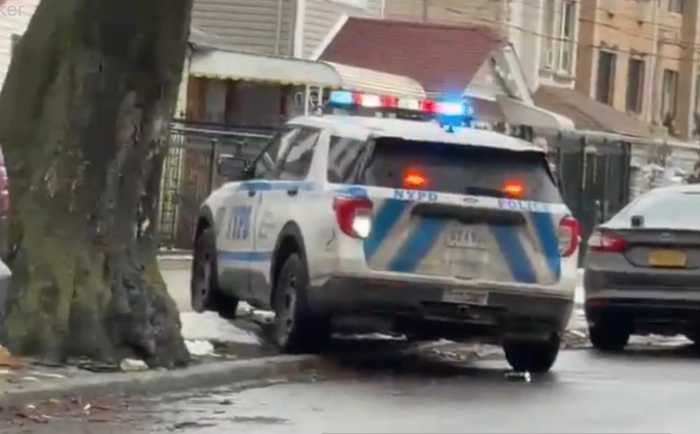As the MTA moves forward with the implementation of the first phase of their Select Bus Service (SBS) plan along Woodhaven and Cross Bay boulevards, Queens bus riders are disappointed that plans for further phases have been delayed.
Members of the Riders Alliance, a grassroots organization of subway and bus riders, are upset that after two years of public engagement on planning and design, and a congested corridor study that began in 2009, implementation of the highest-quality Bus Rapid Transit (BRT) for portions of Woodhaven and Cross Bay boulevards has been delayed.
Recently, the MTA and the Department of Transportation (DOT) released a new timeline for the future of Woodhaven and Cross Bay boulevards.
The new timeline includes continued community engagement and public input throughout 2016, and in 2017 the implementation of the first phase of the SBS plan, including 1.3 miles of upgraded median bus stops with main road bus lanes between Park Lane South and Rockaway Boulevard, installation of bus-only lanes, off-board fare collection, transit signal priority, real-time bus arrival information and protected bus shelters.
Furthermore, there is no timeline for full-featured BRT including median bus lanes for the remainder of the corridor.
“We appreciate that the city and MTA are taking the right measures, but this is a major step back from the original timeline. The process is too slow and bus riders need improved travel times now,” said John Maier, Queens Community Board 5 (CB 5) Public Transit Services Committee co-chair, and member of the Riders Alliance. “Beyond just travel, commitments to key safety measures in the original concept, such as pedestrian safety improvements, at locations like Metropolitan Avenue, have disappeared for the foreseeable future.”
Despite years of studies that highlight the dangerous design of Woodhaven Boulevard, the city and MTA’s approach fails to address the erratic geometry of the street that contributes to congestion for drivers and buses and makes Woodhaven among the most dangerous streets in the entire city, the organization said.
“DOT has been studying Woodhaven Boulevard since 2009,” said Toby Sheppard Bloch, Riders Alliance member and CB 5 member. “Drivers, bus riders and pedestrians have been waiting for more than five years for badly needed improvements, and the city and MTA’s departure from their own process is a further delay we can’t afford.”
Woodhaven Boulevard has repeatedly been found to be one of the most congested and deadly roadways in New York, with more than 30,000 people riding the many buses along the corridor each day, and the fact that not all major bus stops or intersections will receive full BRT treatment anytime in the near future is disconcerting to many Riders Alliance members who use mass transit.
“While the plans are headed in the right direction, I don’t feel reassured that the current proposal addresses ongoing vehicular injuries and fatalities,” said Katherine Stier, Riders Alliance member and Glendale resident. “The city and MTA should prioritize the reliability and safety of bus riders and pedestrians alike. The exclusion of critical parts of Woodhaven Boulevard, such as the Metropolitan Avenue stop is an issue. We need transit upgrades now.”


